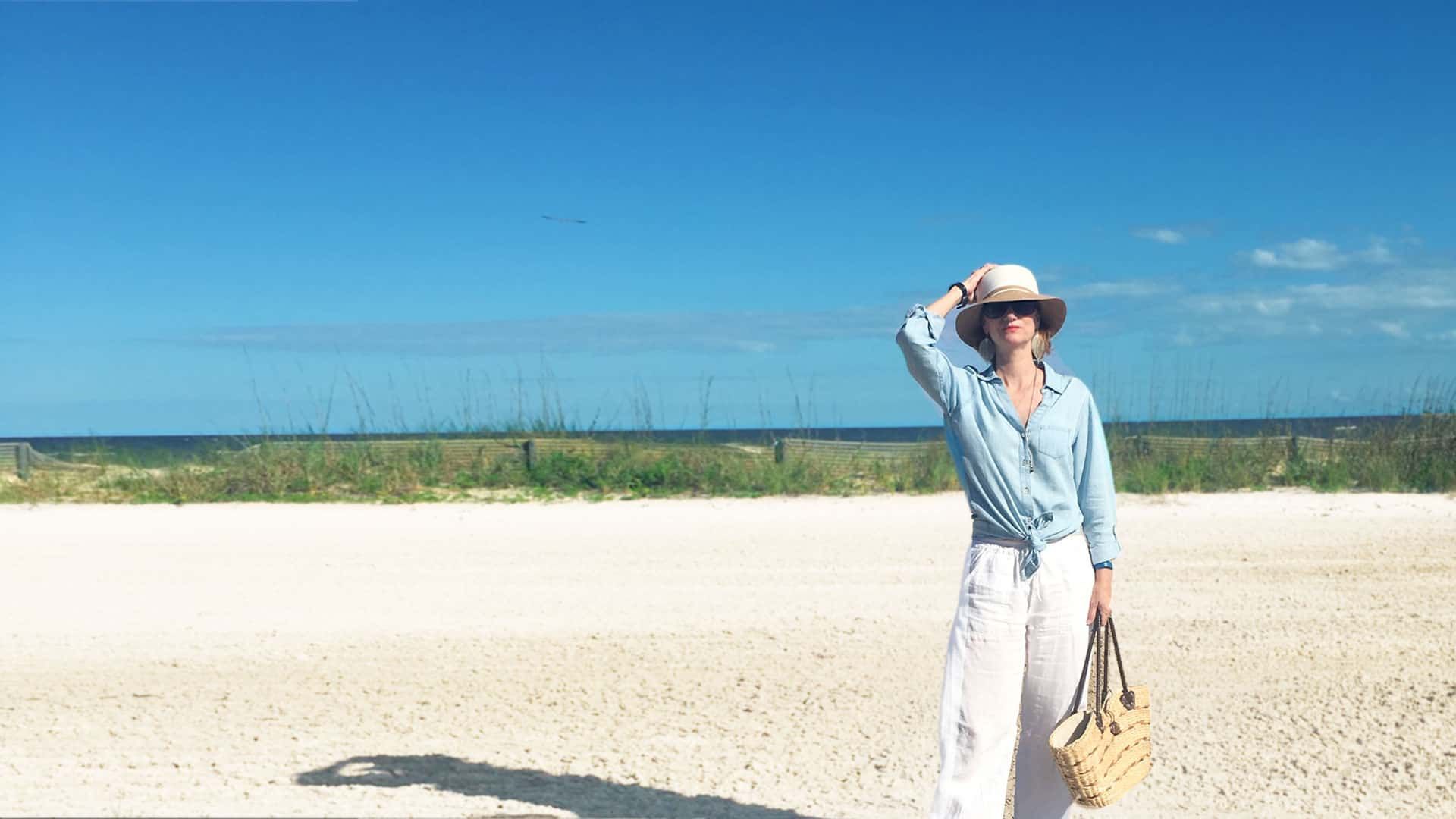
Saturday Morning Bulbology
Everything I know about bulbs I learned from my Uncle Hebron. He came to our river house in the red clay hills of Alabama, post knee-replacement. At the time, Hebie was about 75 years old. He brought a netted bag of daffodil bulbs. The house had a hill, and he painstakingly walked up and down that hill, covering it with daffodil bulbs. Watching him, I learned about sprinkling bulb food into the individual hole you dug in the ground to prepare the bulb to grow. But the most important thing I learned as I watched Hebie dig and plant was, as you positioned the bulb in its new home, you said, “There you go, little fella.”
In the fifteen or so years since, I’ve deepened my knowledge of what I’ll call bulbology. I leaned into bulbs because Hebie took to sending me lilies each spring and sometimes daffodils. Up until then, I had considered bulbs too esoteric for me. But, so help me God, when I planted the bulbs, they grew. I was hooked.

Bulbs have some common characteristics (the roots always go down; the pointy top always goes up), but mostly they have their own needs. Bulbs are planted at different depths. You can judge the appropriate depth based on the size of the bulb: the bigger the bulb, the deeper it needs to be planted. But you really need to know what they like. The peony bulbs I planted required a 36 inch hole—do you understand how deep three feet in the ground is? I had to dig to China, but, man, I loved that peony bush. Its flowers were the blowzy ladies of my yard, similar to these trumpet lilies.

Bulbs also need to be planted at different times of the year, and they stay dormant for different periods of time. Some bulbs, like the daffodils Hebie sends, are planted in the fall and sleep in their cradle until they flower in the spring. Today, in spring, I planted 25 spider lilies. Their delicate red petals will emerge in the fall. The oriental and asiatic lilies Hebie mails me from a bulb store in Virginia are planted in the spring and bloom in spring/summer—you can control the bloom and have flowers for an extended period by staggering when you plant them. I supplemented the lilies this year. The lilies in this photo I planted 10 days ago. See the buds. They’ll bloom soon.

You’ll notice I planted these spider lilies directly in the ground, no bed. Spider lilies don’t mind turf competition. So I planted them the way I remember from childhood when we walked to Power Elementary school: delicate flowers that appeared in the field by the Belhaven Lake like a miracle: not there one day, there the next. I hope they look the same in my yard.
The Mexican tuberose I will plant tomorrow want a bed with well-drained soil, or they will rot. They also want sun, sun, sun. That’s different from the morning sun/afternoon shade of the spider lilies. The gladiolas I’m about to plant are also sun lovers. But toad lilies like woodland shade and moist soil. Most sellers of bulbs send planting instructions with the bulbs. If not, bulb needs are easy to find online.

Far as I can tell, planted bulbs require no maintenance. The fertilizer you use to plant them does the work. Do NOT cut the leaves of bulbs after they have bloomed. That’s where they get food for the next year. Lots of folks deem the dying leaves of daffodils especially ugly and cut them back or tie them off, but if you do that, eventually the bulbs will stop blooming.
Otherwise, you will experience the most magical thing about bulbs: they come back each year. Plant them. They bloom. They soak up sun to feed their bulb. They re-bloom. A few bulbs like tulips won’t come back in these warmer climates, but that’s an exception. Sometimes bulbs do tend to peter out. I’m not expert enough to know why. But that takes a while, and others multiply and spread like a blanket of joy.
Just remember, as you settle the bulb into its home, use my updated version of my Uncle Hebron’s blessing. Say, “There you go, little one.”

bulbs, bulbs on the Gulf Coast, how to plant bulbs, using bulbs in your garden
Donna Weidner
Beautiful and inspiring. Looking forward to planting a few myself now. Thanks Ellen!
Ellen Morris Prewitt
You’re welcome! “Pics to follow,” I hope.
Luanne Castle
Lovely–the text and the image. I haven’t planted bulbs in years. We don’t do bulbs here in AZ. In Michigan, the main thing I learned was what was up and what was down haha. I taught myself at my first apartment (it was a townhouse style so a place to plant bulbs).
Ellen Morris Prewitt
Thanks, Luanne. Bulbs are tricky here on the Gulf Coast–it’s easy for them to rot. But still she perseveres….and plants more than she thinks she needs. 🙂
Emma
I love your flowers!! I remember Hebron – he was such a fine character! Nice image of him planting those daffodils.
Ellen Morris Prewitt
He is still going strong, giving Corinne fits (my cousin who is his conservator). He’s out at plant stores all the time shopping for plants. 🙂 He is a bird.